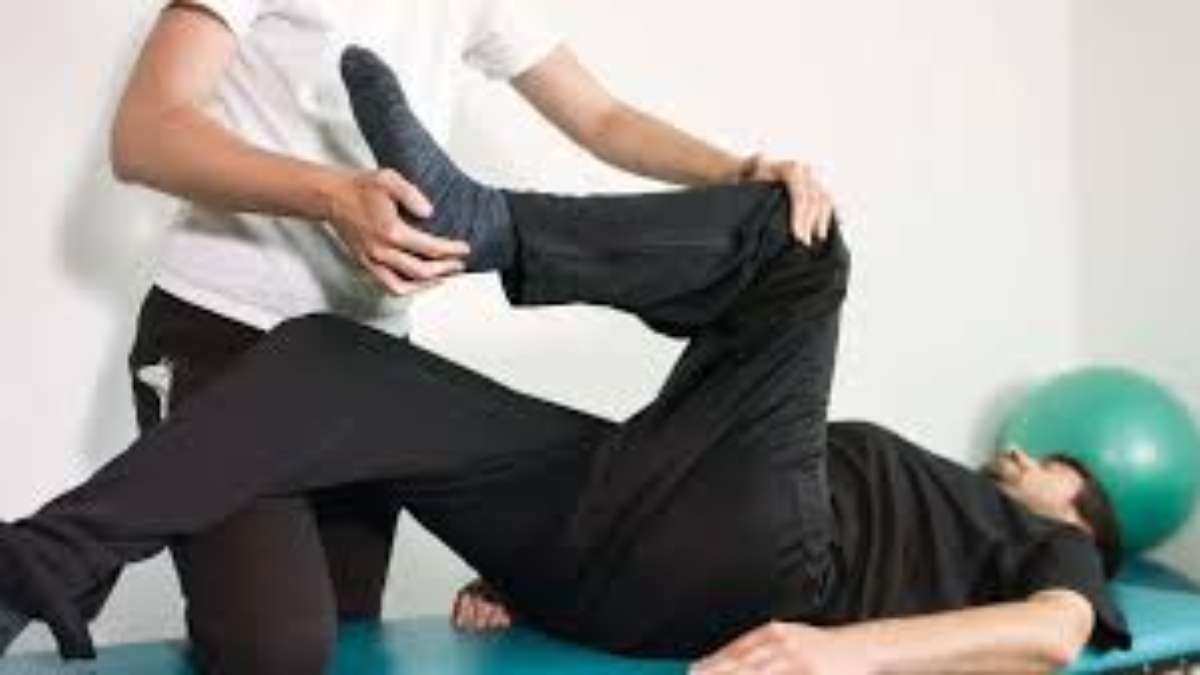Are you one of the millions of people who suffer from lower back pain? If so, you’re not alone. Lower back pain is a common issue that can be caused by a variety of factors, including poor posture, muscle imbalances, and sedentary lifestyles. The good news is that there are several exercises you can do to help relieve lower back pain and improve your overall spinal health. In this blog post, we’ll explore five effective exercises that can help you find relief from lower back discomfort.
1. Cat-Cow Stretch
The cat-cow stretch is a gentle yoga exercise that helps to stretch and mobilize the spine, relieving tension in the lower back muscles. To perform this stretch, start on your hands and knees with your wrists directly under your shoulders and your knees under your hips. Inhale as you arch your back, dropping your belly towards the floor and lifting your head and tailbone towards the ceiling (cow pose). Exhale as you round your spine, tucking your chin to your chest and pressing through your hands and knees (cat pose). Repeat this sequence for 8-10 repetitions, moving slowly and mindfully with your breath.
2. Bridge Exercise
The bridge exercise is a great way to strengthen the muscles of the lower back, hips, and buttocks, which can help to alleviate lower back pain. To perform this exercise, lie on your back with your knees bent and your feet hip-width apart. Engage your core muscles and press through your heels as you lift your hips towards the ceiling, creating a straight line from your shoulders to your knees. Hold this position for 10-15 seconds, then slowly lower your hips back down to the ground. Repeat for 8-10 repetitions, focusing on maintaining proper form and control throughout the movement.
3. Child’s Pose
Child’s pose is a restorative yoga pose that helps to stretch and relax the muscles of the lower back and hips, providing relief from tension and discomfort. To perform this pose, start on your hands and knees with your big toes touching and your knees spread wide apart. Sit back on your heels and reach your arms forward, lowering your chest towards the floor and resting your forehead on the ground. Hold this position for 30 seconds to 1 minute, breathing deeply and allowing your body to relax into the stretch.
4. Bird-Dog Exercise
The bird-dog exercise is a simple yet effective way to improve core stability and balance while also strengthening the muscles of the lower back and hips. To perform this exercise, start on your hands and knees with your wrists directly under your shoulders and your knees under your hips. Engage your core muscles and extend your right arm forward and your left leg back, creating a straight line from your fingertips to your toes. Hold this position for 3-5 seconds, then slowly lower your arm and leg back down to the starting position. Repeat on the opposite side, alternating sides for 8-10 repetitions.
5. Pelvic Tilt Exercise
The pelvic tilt exercise is a basic movement that helps to improve pelvic alignment and strengthen the muscles of the lower back and core. To perform this exercise, lie on your back with your knees bent and your feet flat on the floor. Engage your abdominal muscles and tilt your pelvis towards your ribs, flattening your lower back against the floor. Hold this position for 5-10 seconds, then release and return to the starting position. Repeat for 8-10 repetitions, focusing on maintaining a controlled movement and keeping your lower back pressed into the floor throughout the exercise.



